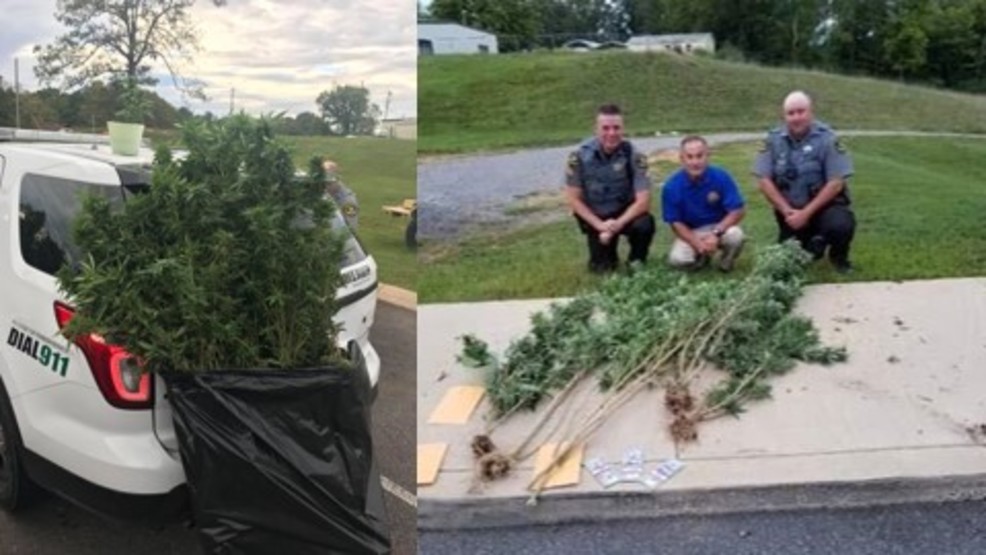Weeds growing in yards and lawns are a cause of concern for many homeowners. If done carefully, weeds can be sprayed and controlled with no damage to trees, shrubs and other desirable plants in the yard. But there are some weed sprays that have the potential to harm or even kill trees and shrubs and other garden plants even if used carefully.
An old rule of thumb that is not correct is that you can spray a weed killer up to the “drip line,” which is the outer tips of the branches. The theory was that this is the rooting distance of that tree. This is not correct. A correct rule of thumb is that a tree will root out 1.5 to 3 times its height in all directions. With this in mind, a 10-foot tree has roots out at least 15 feet in all directions. This is very important to know when selecting the safest yet effective weed control spray.
2,4-D is a weed spray that has been used since the 1940s. With the Amine formulation, it can be carefully sprayed very close to trees and shrubs. It does not have vapors or fumes that can move with a breeze and injury trees or other broad-leafed plants nearby. The Ester formulation, even in a low volatile form may have some vapors which can drift on to adjacent flowers, trees or gardens. Dicamba is much more volatile and vapors can move with breezes easily and all broad-leafed plants.
If dandelions are the biggest concern in the lawn, spraying in early fall with 2,4-D Amine will do the most good for having a weed free lawn. Most dandelion seedlings start growing in late summer. By spraying in the fall, they are killed and very few will be present in the lawn the following year. The adult plants will also be controlled more completely as well. The next spring there will be very few dandelions in the lawn so a small hand squirt bottle can be used to spray them and further protect desirable plants.
The problem with some weed sprays is that they contain a mix of chemicals. Some of these go into the ground with water and the trees and shrubs will take them in through their roots. These sprays can be very injurious to trees and shrubs. I have seen quite a large number of trees this summer that have been damaged in this manner. And in many instances, the damage came from weed spraying that was done in 2017 or even earlier.
How do you know what is in the spray to buy? On the front of every label, in quite small print, will be the list of ingredients and the amount in the spray. When buying your weed spray, carefully read this section and avoid the ones which can go into the ground and be taken up by the roots.
Some weed sprays to avoid spraying in the rooting zone of trees and shrubs are Dicamba (Banvel), triclopyr or metsulfuron. Neither should Trimec or Weed B Gon Max be used within the rooting zone of trees.
A little time spent reading the label and taking care when spraying can help you to have both a weed free lawn and healthy trees and gardens.
Ken Eraas is horticulture assistant with NDSU Extension Service/Ward County. He can be reached at kendell.eraas@ndsu.edu.
Credit: www.minotdailynews.com


